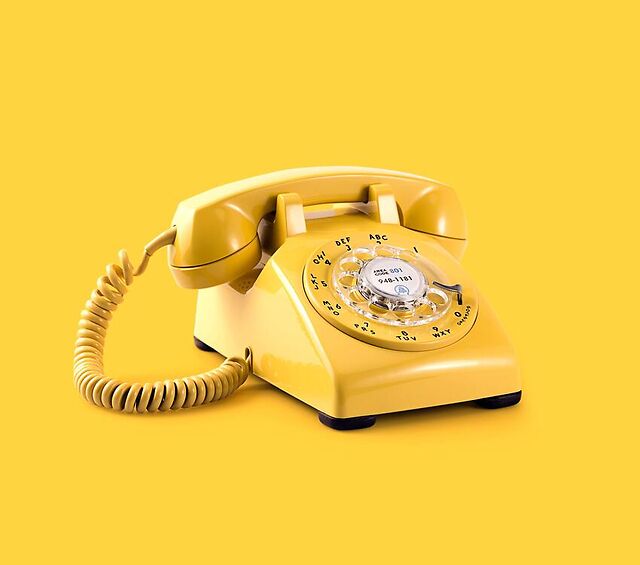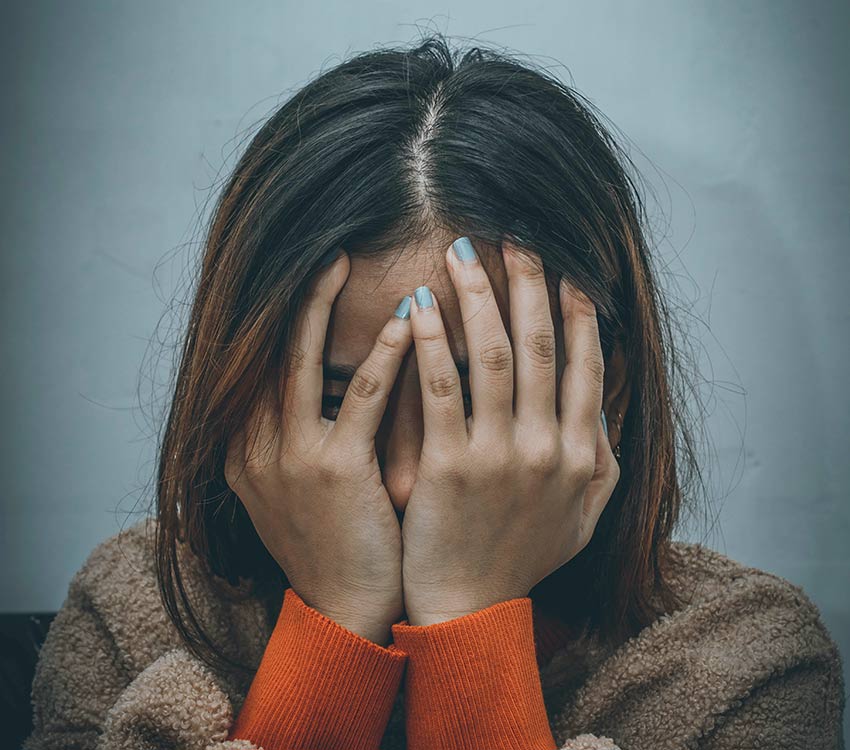Primary Author: Marisa Valentino | Secondary Author: Sophia Barson LCSW
Content warning: This post contains a discussion of suicide and self-harm.
Mental health issues affect all age groups, especially Gen Z. Many hope the new 988 National Suicide Prevention Lifeline (NSPL), launching on July 16, will alleviate this. About half of young adults aged 18-24 reported mental health symptoms, such as anxiety and depression, in mid-2021. Over a third of them were unable to access mental health care, according to a UC San Francisco study.
The COVID-19 pandemic worsened mental health worldwide. According to the World Health Organization, global anxiety and depression increased by 25%. The pandemic detrimentally impacted young people’s mental health, putting them at a disproportionate risk of suicidal and self-harming behaviors. The rising number of mental health issues calls for new psychological care efforts. The new number for the suicide prevention lifeline, 988, is an answer to this call.
What Is the National Suicide Prevention Lifeline?
What Is the 988 Lifeline?
In 2020 Congress first proposed the 988 code to strengthen and expand the existing National Suicide Prevention Lifeline (1-800-273-8255). They hoped the new number would be easier to remember and help save more lives.
Over 20 million calls have been made to the original suicide prevention lifeline since 2005. Multiple studies have shown that callers feel less depressed, less suicidal, less overwhelmed, and more hopeful after speaking with a Lifeline counselor. This demonstrates the need for urgent support and care during mental health emergencies.
Suicide is the second-leading cause of death among young people and the 12th leading cause of death nationwide. Every year more people die by suicide than in car accidents in the US. Suicide prevention is a crucial part of mental healthcare.
How Will the 988 Hotline Work?
In a mental health crisis, help can’t wait. Having a three-digit alternative to the original ten-digit number will allow those in crisis to receive assistance quicker and easier. Calls to the new three-digit number will be routed to the NSPL, providing faster care.
Those who call, text, or chat 988 will be connected to trained counselors from the existing NSPL network. These trained counselors will listen, develop an understanding of the struggles those reaching out are facing, provide support, and connect them with any necessary resources.
When to Use the National Suicide Prevention Lifeline
The lifeline isn’t only for suicide prevention. “No matter what problems you’re dealing with, whether or not you’re thinking about suicide, if you need someone to lean on for emotional support, call the Lifeline,” according to the NSPL website. Talking with an NSPL counselor about your feelings and thoughts can save your life. If you’re considering reaching out to the lifeline, know that you’re not alone, and everyone needs emotional support.
What to Expect When You Call the National Suicide Prevention Lifeline
1. You call 988 or 1-800-273-8255.
If you’ve decided to give the lifeline a call, know that you are not alone. Making the first step is incredibly difficult, but you deserve the help. Once you dial the number, you’ll hear an automatic message giving you the option to switch to a different language or be transferred to the Veterans Crisis Line, if needed.
2. You’ll be redirected to a local crisis center.
This may sound complicated, but don’t worry! It usually takes 30 seconds. The lifeline will play some hold music while they connect you. The NSPH is a nationwide network of over 200 local crisis centers. Your call will be sent to the center closest to you. This way, the counselor you talk to will know what resources are available for you in your community.
3. You’ll be connected with a trained crisis worker.
You’ll be connected with a trained staff member, professional, or volunteer as quickly as possible. Anyone who answers your call has undergone the same training, so regardless of their title, they can help you.
4. You guide the conversation.
This conversation is an opportunity for you to talk through what you’re feeling. The person you speak with may ask a few questions to start, but you decide what you are comfortable sharing. You can talk about anything for however long you want to. The crisis workers don’t follow a script. Their goal is to have a conversation with you that will make you feel better.
5. You can develop a safety plan and potential interventions.
If you’re struggling with persistent thoughts of suicide or self-harm, you and the crisis worker can create a helpful plan that feels right for you. Sometimes this will mean having a counselor visit your home, brainstorming a list of friends or family who can help you, or scheduling another call to check in with you later. In stressful and overwhelming situations, crisis workers will help you regain control to keep you alive and safe.
6. In very rare cases, the police may be called.
If you’re hesitant to call the lifeline because you’re concerned the police could come to your house, know that your fear is entirely valid. It’s important to note that less than 3% of calls require police intervention. Typically, a crisis worker will do everything possible to de-escalate your situation and help you with a safety plan before involving anyone else.



